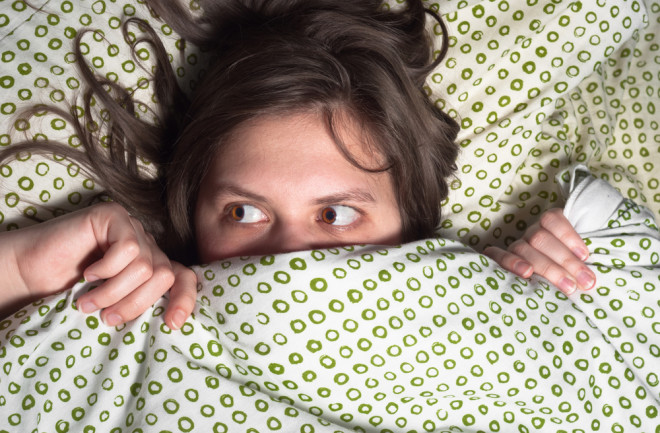Imagine waking up from sleep, opening your eyes, and realizing that you can’t move or speak. You’re overwhelmed with the terrifying sensation of being paralyzed. Some of you don’t have to imagine — it’s all too real for about 8 percent of the general population who suffers from the condition fittingly known as sleep paralysis (SP).
This phenomenon, often enveloped in mystery and fear, taps into the deepest phase of our sleep cycle and unveils the intricate workings of our brain and body during rest. Learn what sleep paralysis is, what causes it, and how to stop it.
What Is Sleep Paralysis?
Sleep paralysis falls into a group of disruptive sleep-related disorders called parasomnias. These alarming events can happen either when you are falling asleep (hypnogogic) or as you are waking up (hypnopompic), typically rendering people unable to move or speak.

